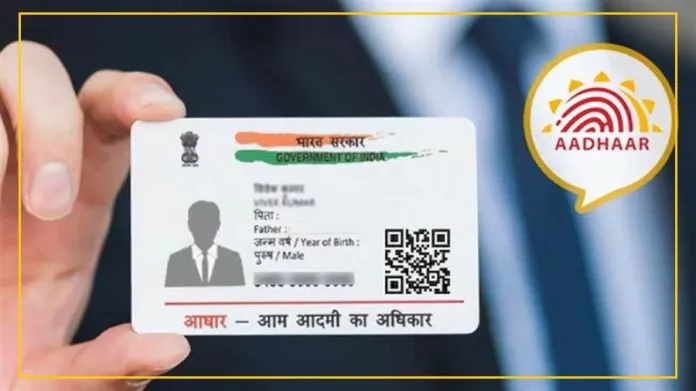The Indian government is preparing to introduce a big update to Aadhaar cards to make them more secure.
Under this new proposal, Aadhaar cards will no longer display personal details like name, address, or Aadhaar number.
Instead, the card will only show the cardholder’s photo and a QR code.
This change is being considered by the Unique Identification Authority of India (UIDAI) to protect people’s personal information and prevent misuse during offline verification.
Why the Aadhaar Card Is Being Redesign
During a recent Aadhaar conference, UIDAI CEO Bhavesh Kumar said the new design could be introduced by December 2025.
The goal is to stop hotels, event organisers, and other places from collecting photocopies of Aadhaar cards, which often violates privacy rules.
The updated card will store all necessary details inside the QR code, making verification faster and safer.
Kumar explained that printing more information increases the risk of data misuse, which the new design aims to prevent.
What the New Aadhaar Card Will Look Like
The redesigned Aadhaar card will include:
A photograph of the cardholder
A secure QR code containing all required information
All data will remain protected inside the QR code, ensuring stronger privacy and safer age verification.
Why This Change Is Important
According to the Aadhaar Act, no organisation is allowed to collect, store, or use someone’s Aadhaar number or biometric information for offline verification.
However, many places still take photocopies of Aadhaar cards, exposing people to fraud or identity theft.
The new design will stop such practices by limiting the information visible on the card and keeping all sensitive data encrypted.
Rules for Aadhaar Verification
Aadhaar verification can only be done with the consent of the cardholder.
Consent must be given through fingerprint, iris scan, or OTP.
Only organisations authorised by UIDAI—such as banks—are allowed to verify Aadhaar.
Users can lock their biometrics so that only OTP-based verification works.
Violating Aadhaar rules or misusing data can lead to fines of up to ₹1 crore.
